I used to believe achievement was my shield. If I outworked the pain, the cracks would stay hidden. But eventually, the bottle and the lies caught up with me. Work could sustain me—for a time—but not heal me. That’s where an intensive outpatient program came in—and gave me something work never could.
When Success Isn’t Enough
You can look stable and still feel fracturing inside.
I’d pour hours into presentations, projects, reputations—becoming indispensable, invisible. My calendar was full, my accolades solid, my Instagram polished. But by evening, I was collapsing. The alcohol, the secrecy, the “just one more” rationalizations—that was my internal collapse colliding with external order.
Work wasn’t broken. It was just never meant to carry all of me.
Why the Intensity of IOP Changes the Game
Outpatient therapy is a thread. IOP is a fabric.
In IOP, the intensity meets you where outpatient leaves off. You don’t slip through the cracks between meetings. You maintain your life—and also let a healing structure in.
There’s pressure. Expectation. Boundaries. Community. And safety. It’s what makes it possible to shift momentum instead of just being propped up.
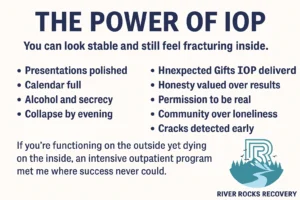
The Unexpected Gifts IOP Delivered
Mirror, Not Mask
In work you’re judged by results. In IOP, I was invited to be honest. People saw the tremble beneath my control. That mirror shattered illusions I didn’t even know I held.
Repairing What Work Demanded I Hide
IOP gave permission to feel again: grief, anger, doubt. It didn’t require me to perform. It asked me to be real. In that safety I started rebuilding honesty.
A Scaffold for Boundaries
Work rarely demands rest or reset. In IOP, boundaries are built-in: session times, breaks, homework, rest. Practicing “no,” rest, margin—those became muscles I’d once let atrophy.
Being Watched Before I Collapsed
Small cracks precede big breaks. In IOP, clinicians saw them early. They asked, “How are you really doing?” before I knew to ask myself. That shift—proactive care—is something work never offered.
Community That Seeps In
I’d felt lonely in my struggle. High-functioners often are. In IOP, others carry parallel stories. Hearing someone else’s truth cracks shame. It reminds you: you’re not alone.
Structure as Bridge, Not Cage
I feared structure would shut me. It didn’t. It held me. The rhythm helped me walk out of chaos without breaking open completely.
When Distance Wasn’t a Barrier
Midway through our work, people from across our region begin showing up. If you’re looking for an intensive outpatient program in West Chester, Ohio or looking for an intensive outpatient program in Dayton, Ohio, I want you to know: many of us drive for support that holds.
Structure is portable. Healing is worth the route.
Resistance Isn’t a Sign of Failure
When I began IOP, resistance flared.
I’d think: I don’t need this so badly. What if I break more than I heal? What if people see?
Those thoughts were important. They marked where I needed trust. They guided where therapy would press, where I’d hold back, where I had to soften. The structure doesn’t steal you—it gives you space to resist safely.
Real Stories, Quiet Reversals
- Nina, a corporate executive, once believed vulnerability was weakness. In IOP, she allowed crying in front of strangers—and found it replenishes rather than drains.
- Greg, a consultant, refused to rest. He told me, “I’ll sleep when I retire.” In IOP, he started prioritizing down time—real rest—not work disguised as rest.
- Lara, a designer, equated her worth to output. In treatment, she began creating again not from demand but from delight.
They didn’t return to zero. They reclaimed themselves beyond performance.
If You’re Reading This—You’re Not Doing It Wrong
You can be functioning and dying inside.
You can be earning and eroding.
You can be succeeding and still burnt out.
You don’t have to choose between being visible and being vulnerable. The structure IOP gave me wasn’t a crutch. It was the support I needed to carry my full self forward.
FAQs About Intensive Outpatient Program for High-Functioning People
What is an intensive outpatient program (IOP)?
IOP is a tiered care model that includes multiple therapy sessions per week—individual, group, skills work—while allowing clients to continue living at home and maintaining responsibilities.
Can I continue working while in IOP?
Yes. IOP is built to fit around your life. You attend sessions in scheduled windows and keep your job, relationships, routine.
Will people in IOP judge me for “looking fine”?
No. Many participants appear “together” on the outside and are struggling underneath. In fact, you’ll find others whose story echoes yours.
What if I relapse during IOP?
Relapse doesn’t disqualify you. We use it as signal—adjusting intensity, expanding support, asking where you needed help. It’s data, not failure.
How long is IOP?
Typically 8–12 weeks, though it can flex based on needs, progress, and integration. The timeline is less important than stabilization.
Is IOP more effective than weekly therapy for combining burnout + addiction?
Often yes. Burnout intensifies between sessions. IOP’s consistent rhythm helps catch escalation before collapse. It gives you momentum, not just patches.
Work can teach you grit. IOP taught me grace. Work can fill hours. IOP filled my internal cracks. Work can define you by output. IOP asked: Who are you when you stop doing?
If you’ve been performant, exhausted, hiding—this is for you.
Structure Doesn’t Have to Be Your Enemy
Call (888) 905‑6281 to learn more about our intensive outpatient program services in Middletown, Ohio. You don’t have to heal by yourself—or by your hustle. Let support change your narrative.











